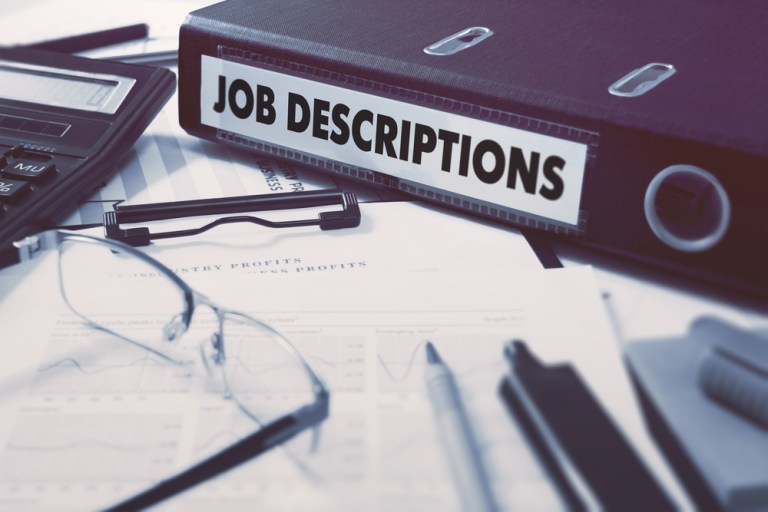Labor And The Costs Of Doing Business

Corporate earnings season marches onward. The stock markets stand near new highs. The mood may be mixed as to what just will happen to companies in a Trump administration, in terms of taxes, health care costs and materials costs in the event of a trade war with any number of countries.
But one input that may impact corporate profits and, by extension, stock prices, bears watching. Hiring has been strong, and wages are ever so slowly trending higher. The good news for business is that the costs tied to labor are manageable. In the latest report, the employment cost index was up 0.5 percent for the quarter that ended in December, and that is a slight deceleration from the 0.6 percent pace seen in each of the previous three quarters. The overall pace for the entire year of 2016 was 2.2 percent, up from the 2 percent seen in 2015, as noted by the Bureau of Labor Statistics.
But as unemployment remains below the 5 percent threshold, those costs are likely to rise, as firms must pay workers more to stay or, amid competition, must be competitive when it comes to salaries and benefits. The relationship with inflation is dual-edged. As inflation gains, labor costs will likely rise (as the cost of living grows), and as this happens, firms must price goods higher to cover those inputs (and wages are more than half of all costs tied to workers). Health care costs, in an uncertain legislative climate, will also increase and in fact were up 2.7 percent in 2016, from a 3 percent pace in the prior year — signaling a push toward higher deductibles and out-of-pocket expenses for workers (which implies less discretionary spending).
And then, again, should inflation push higher, the Fed will boost rates to keep a lid on inflation. Down the line, that does not auger well for stocks, as higher rates may dictate some capital flight in an era where stocks are at never-before-seen (absolute) levels.